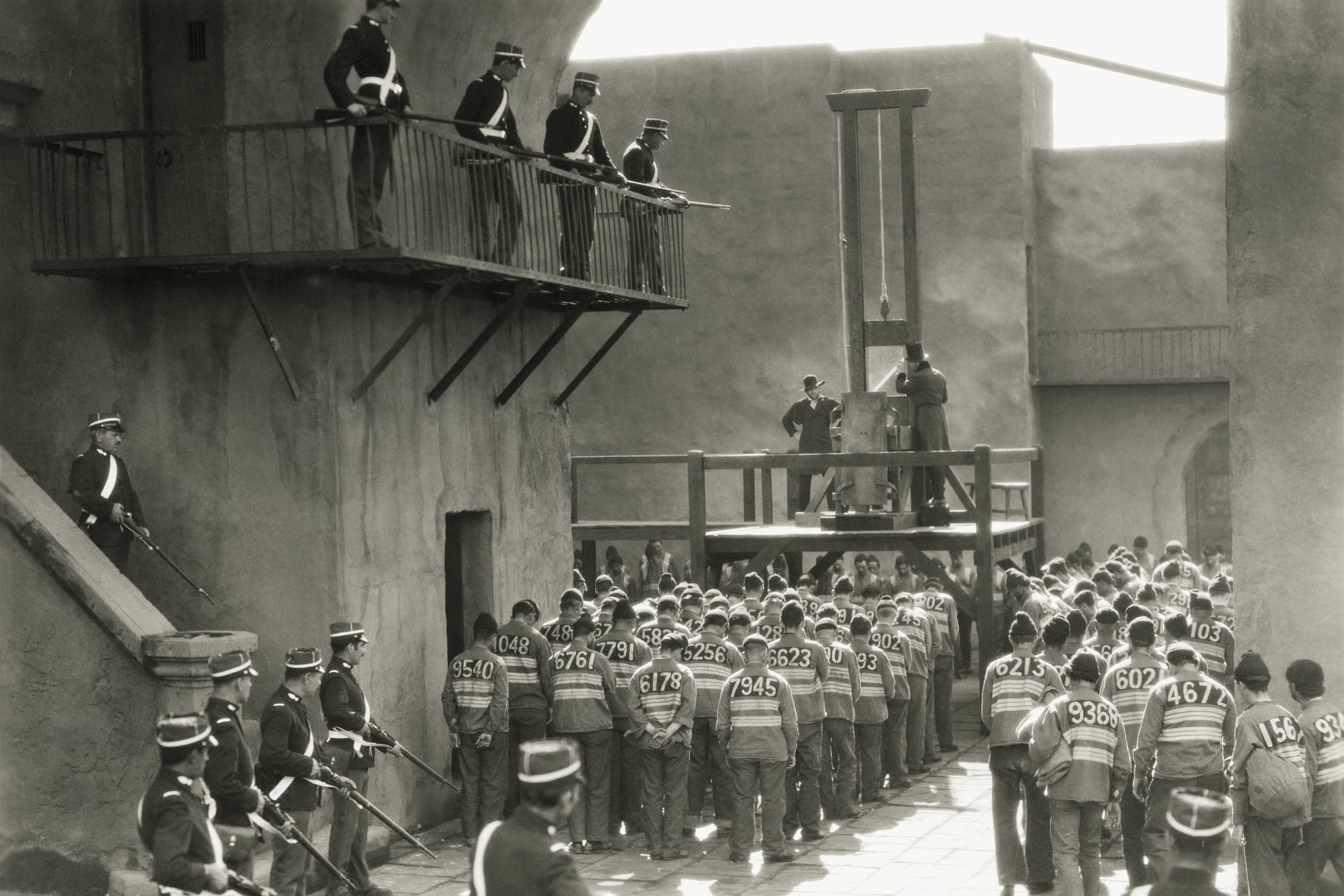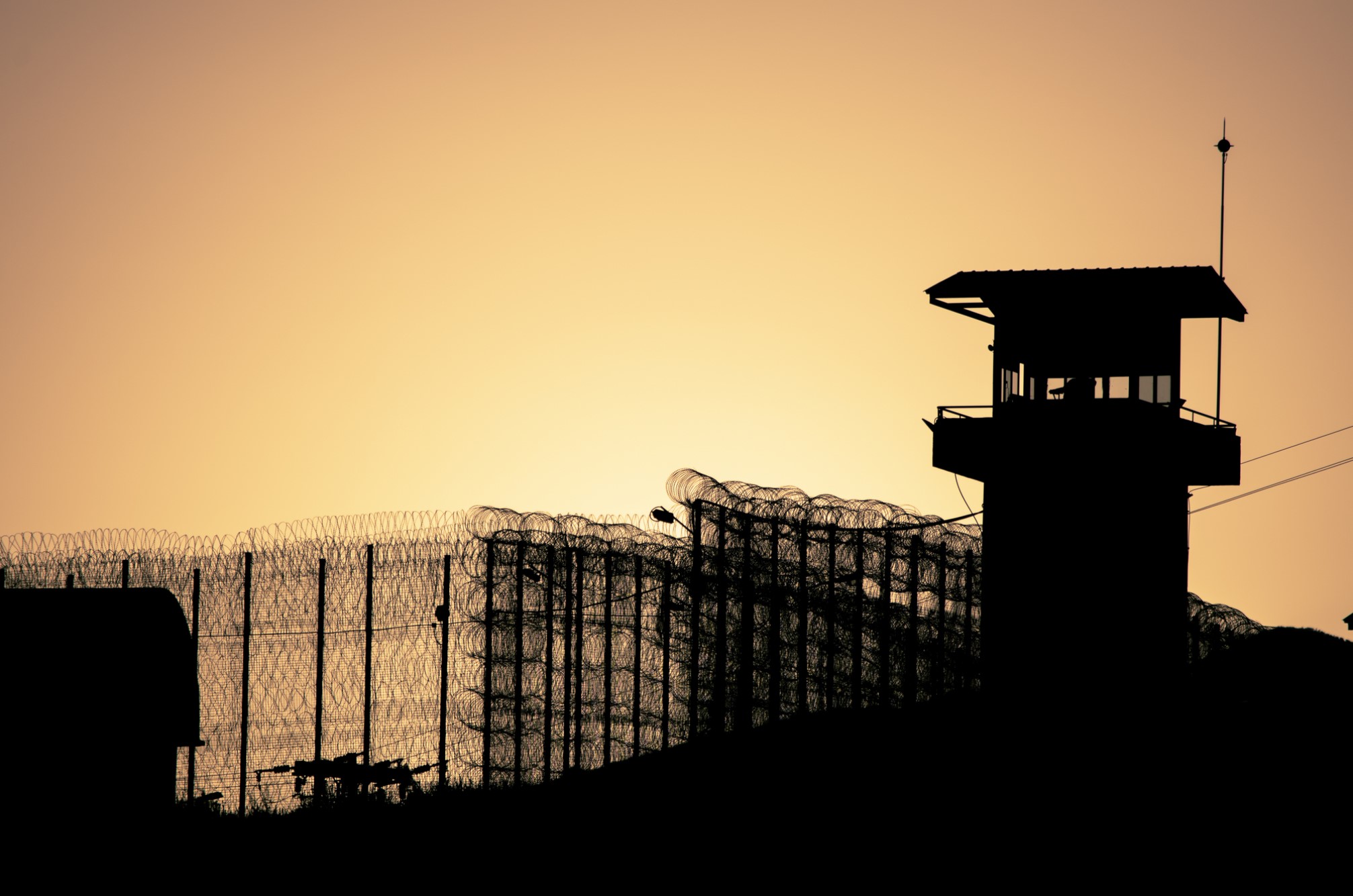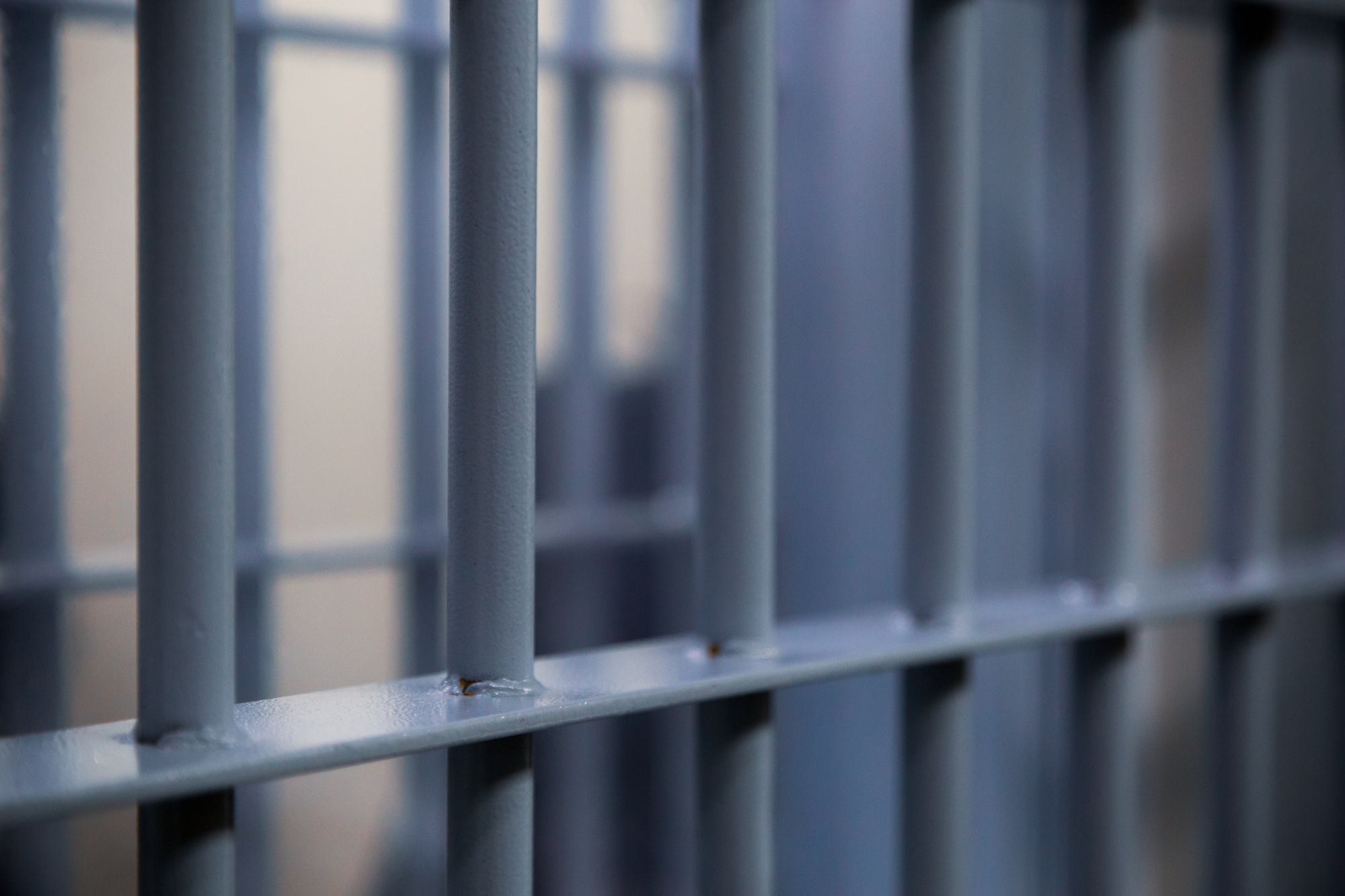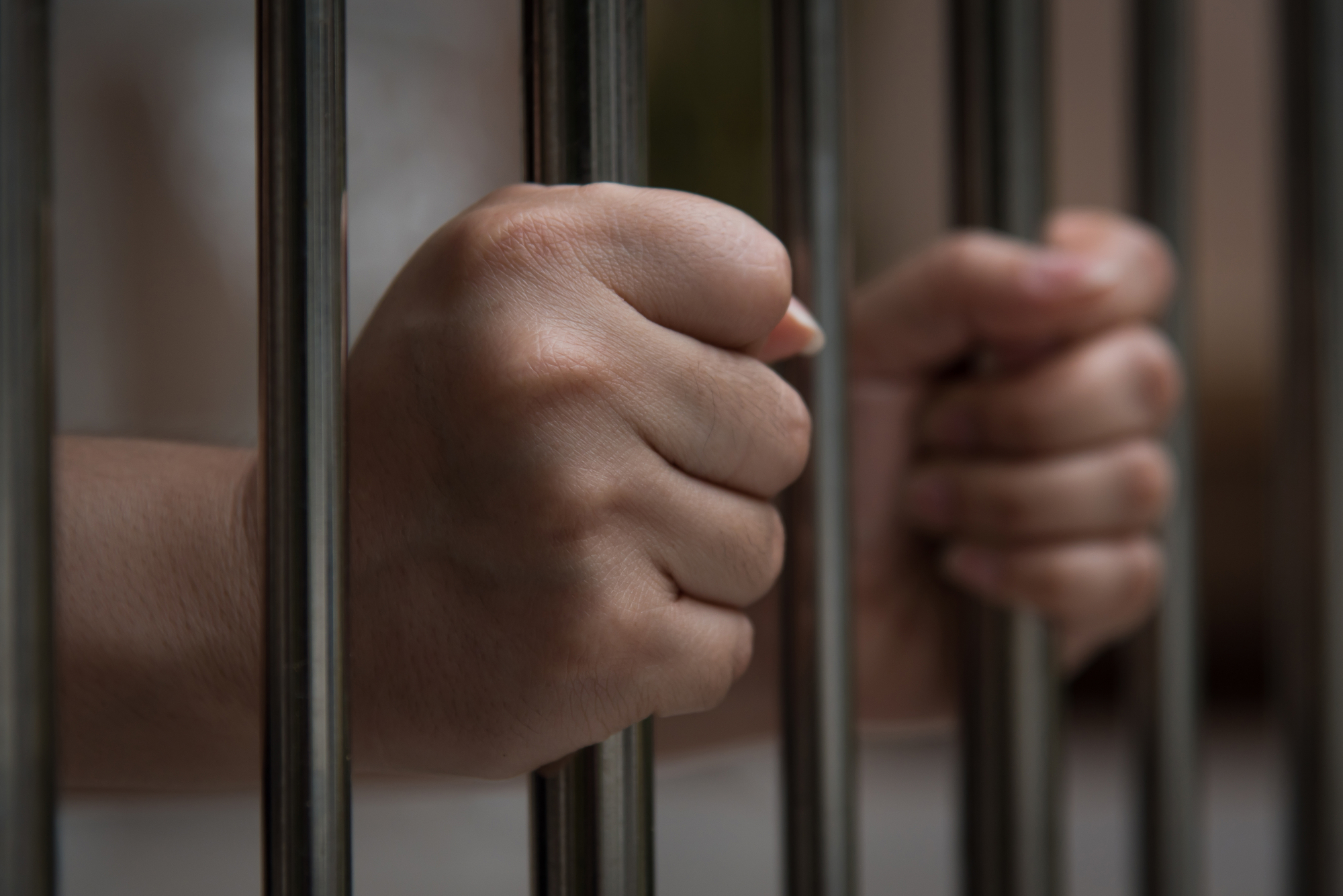In the Rittenhouse Case, Justice Is (to Some Extent) in the Details
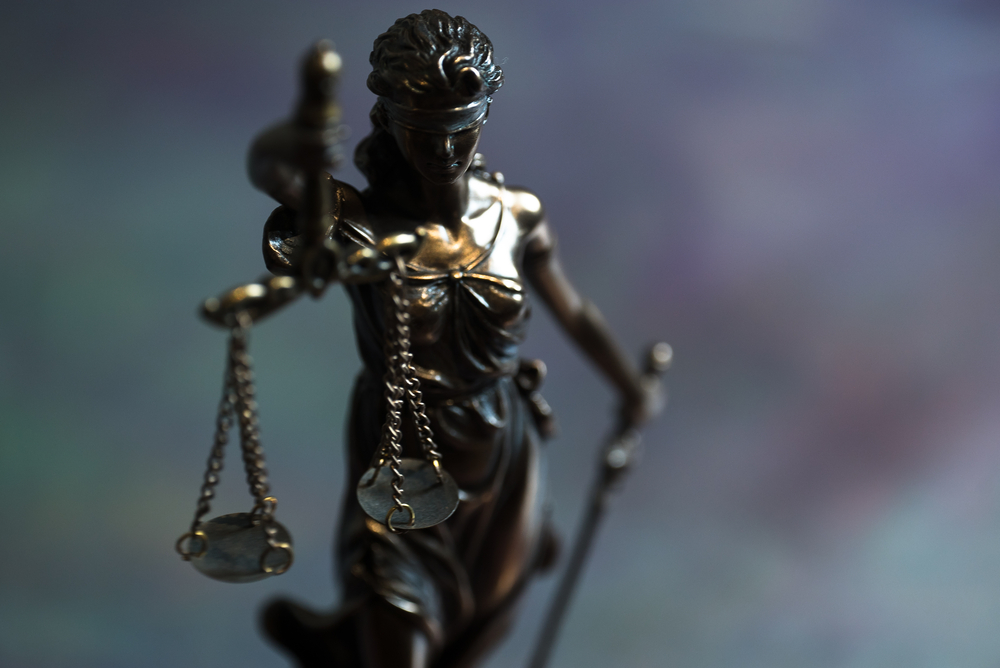
The reactions to the Rittenhouse verdict from the right and left have been depressingly predictable. The right — at least, the MAGA right — has chosen to elevate Rittenhouse to the status of folk hero, an everyman vigilante in the grand tradition of real-life subway shooter Bernard Goetz or the fictional Dr. Paul Kersey of the Death Wish film series. (These references to the ‘70s and ‘80s should remind us that we’ve been here before). On this telling, Kyle Rittenhouse did nothing wrong by toting an assault rifle to a riot in order to protect other people’s property — in fact, his behavior was commendable because it helped bring law and order to a chaotic situation. Among other things, this story overlooks the fact that Wisconsin law categorically forbids the use of lethal force for the sole purpose of defending property. So, if Rittenhouse had used his weapon for that purpose, he would have broken the law. How threatening to break the law helps impose law and order is, frankly, beyond my powers to explain.
Meanwhile, the left has portrayed the Rittenhouse case as another example of how our justice system is broken. From this perspective, whether or not the jury’s application of Wisconsin self-defense law was reasonable is really irrelevant; what matters is that it was legal for Rittenhouse and others to traipse around Kenosha playing soldier, and that two men ended up dead without anyone being held legally accountable. On top of this, there is the fact that the verdict may very well have been different if Rittenhouse had been a person of color.
These perspectives on the case have something in common: they both minimize the importance of the narrow question, did Rittenhouse act reasonably in self-defense? For the right, the morally important thing is that Rittenhouse killed some scumbags for a good cause; whether he did it in self-defense is almost beside the point. For the left, the morally important thing is that various structures — legal (open carry laws, defendant-friendly self-defense laws), political (Republican domination of state legislatures through gerrymandering allowing passage of those laws), and social (white privilege causing police to treat white shooters differently from Black) — determined the verdict. Again, the granular details of the case, the kinds of details that would help us determine whether or not Rittenhouse acted reasonably in self-defense, fade into the background.
Without question, the left’s view has more truth in it than the right’s. It should go without saying that it is morally reprehensible to shoot a person for destroying property, or that it is morally irrelevant that Joseph Rosenbaum, Rittenhouse’s first victim, was (perhaps) a registered sex offender. Vigilantism might slake a primal thirst for vengeance, but it is among the slipperiest of moral slopes.
Still, I think the left misses something important by omitting examination of the case details. To see this, consider the following (slightly involved) counterfactual. Suppose that Trump is assassinated by a Chinese-American, touching off protests and then riots in parts of cities where many businesses are owned by Asians. Some left-wing folk from the surrounding area bring weapons to protect Asian-owned property. Among them is Brian, a 17-year-old gun enthusiast and lifeguard.
At some point during the night, Brian wanders from the store he came to guard and approaches some rioters. At the subsequent trial, Brian’s counsel presents eyewitness evidence that one rioter shouted at Brian that he was going to kill him; others testify that this rioter was hyper aggressive and belligerent that night, although a prosecution witness, another armed left-wing guardian of property, testifies that he was a “clown.” In turn, the prosecution presents blurry video footage and stills that it claims shows that Brian pointed his weapon at one of the rioters, but the footage is difficult to interpret. There is no dispute about what happens next: the rioter takes off after Brian, and Brian runs away. He flees into a parking lot where — and this is disputed at trial — he may be boxed in by some parked cars. He wheels around. The rioter screams “fuck you!” and charges toward Brian, while a nearby rioter fires a pistol into the air. Prosecution witnesses testify that a moment later, the rioter tried to grab Brian’s gun. In any case, autopsy evidence later shows that the rioter’s hands were at least very close to the barrel of the gun. Brian fires four times in less than three-quarters of a second — the first shot shatters the rioter’s pelvis, but it is the third shot into his back that kills him.
Brian flees the scene, pursued by a group of rioters, many of whom quite possibly believe that Brian is an active shooter. Some throw rocks at Brian. One rioter wielding a skateboard catches up to Brian, and whether because the rioter strikes him with the skateboard or because he just trips — this is a disputed point — Brian falls down. Fortunately, this scene is captured by cell phone cameras at very close range, so there is much less dispute about what happens next. Another rioter attempts to kick Brian in the face; Brian fires two shots at him as he rolls on the ground, but both miss. The rioter with the skateboard hits him with it, then tries to grab Brian’s gun. Brian shoots, hitting the rioter in the chest. A third individual, who is holding a pistol in his right hand, is at that moment raising his arms. Then the armed man lowers his arms and walks around Brian. At that moment, it is unclear whether the armed man points his pistol at Brian. Under examination by defense counsel, the man himself testifies that he did, but he later recants that statement. In any case, Brian then shoots the armed man, blowing off his right bicep. Brian gets to his feet and flees.
Suppose that a jury acquits Brian, accepting that the prosecution had failed to prove beyond a reasonable doubt that Brian had not acted in self-defense. Frankly, I find it hard to imagine that the left-leaning commentariat would celebrate Brian as an everyman vigilante (although perhaps some would lionize him as a warrior for racial justice). Perhaps it would concede that the 17-year-old shouldn’t have been there, and that open carry laws encourage such vigilantism. Still, I think the left would focus on the details of the case and of the relevant law. In other words, the left would take Brian’s self-defense claim seriously.
Sometimes, considering these kinds of counterfactuals can help us see things with greater moral clarity. On the other hand, sometimes they just reveal a bias. I do not, however, think that’s the case here. The left would be right to focus on the details of Brian’s self-defense case. By the same token, despite the many structural factors that shaped the outcome of the Rittenhouse trial, whether or not Rittenhouse reasonably feared for his life in the moments leading up to the shootings is morally relevant, because it determines the fairness of punishing him. As long as we continue to believe that people are fairly punished only when their action reveals some fault, their state of mind when acting will be of paramount importance.
This brings me to the question whether the Rittenhouse verdict shows that the justice system is broken. I think it’s a mixed picture. On the one hand, Wisconsin’s permissive open carry regime is a travesty. One could also argue that the Wisconsin self-defense law should require the defendant to retreat before using lethal force, even if he has not provoked the attack. I’m not sure that would have made a difference in the Rittenhouse case, but it’s a reasonable proposal. One could also argue that the burden of proof should be on the defense to prove that the defendant acted in self-defense, not on the prosecution to prove that he didn’t. But changing the law in this way is the job of the legislature, not the courts. Moreover, the jury members in the Rittenhouse case clearly took their job very seriously, deliberating for almost four days, reviewing many hours of video, and taking copious notes throughout the trial. This was not an easy case for a jury: it required making highly fact-intensive judgments about the reasonability of a person’s fear in a very chaotic situation. Given the law and the facts, the verdict was at least reasonable. Finally, the possibility that had Rittenhouse been Black, the verdict would have been different does point up the failures of the justice system, but it does not make the Rittenhouse verdict itself unjust.
Undeniably, the Rittenhouse case should prompt a reexamination of state firearms and self-defense laws. But certainly in a procedural sense, and at least partially in a substantive sense, the verdict itself was not a miscarriage of justice. The trial elicited a wealth of relevant factual detail through adversarial presentation, and the jury applied the law to that body of facts in a careful, reasonable way, focusing on the undeniably morally relevant issue of the reasonability of Rittenhouse’s fear. The Rittenhouse verdict is not all bad news.

